When fashion meets faith, resilience, and purpose, you get Lizz Russell. The San Diego-based designer behind the Lizz Russell Collection is known for her stunning, statement-making gowns—but her most unforgettable masterpiece is her story. After surviving Guillain-Barré Syndrome (GBS), a rare neurological disorder that left her temporarily paralyzed and voiceless, Lizz transformed her pain into power—and turned her designs into a movement.
More Than a Look—It’s a Legacy
For Lizz, fashion is far deeper than fabric. After fighting her way back from physical and emotional devastation, she discovered a new mission: to use her platform to uplift women and amplify the voices of those navigating invisible illnesses.
Fashion That Feels Like Healing
Every Lizz Russell design is infused with intentionality. Many of her garments can be styled multiple ways, fit a range of body types, and are made with love, versatility, and strength in mind.Her brand celebrates fashion that doesn’t just look good—but feels empowering.
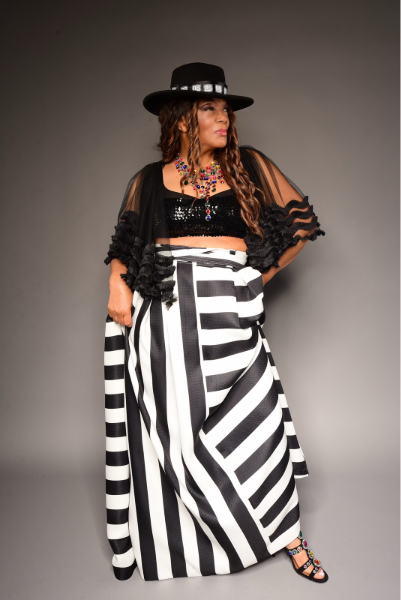
Though Lizz is paving her own inclusive path, she’s vocal about the changes she’d like to see in the fashion industry: more adaptive designs, softer materials for sensitive bodies, and a bolder push to feature real people living with real challenges.Living with an illness doesn’t mean you stop wanting to feel seen or stylish,” she says. “Fashion should honor everybody—especially the resilient ones.”
While Lizz Russell’s designs light up red carpets and runways, it’s her unwavering purpose that truly sets her apart. As a designer, entrepreneur, and survivor, she’s carved out a space where elegance meets empowerment—turning personal adversity into fashion that heals and inspires.
In this exclusive Sheen Magazine interview, Lizz opens up about the deep connection between her diagnosis and her design work, the power behind her annual Compassion and Fashion event, and why showing up—stylishly and unapologetically—is an act of resilience all its own.
Lizz, your fashion brand is known for its elegance and statement-making pieces. How would you describe the connection between your personal style and your journey with GBS?
The connection between my personal style and my journey with Guillain-Barre Syndrome (GBS) is deeply personal and powerful. When I was diagnosed, I lost a lot of mobility, independence, even my voice at one point. But fashion became the one language I could still speak, even in silence. It was how I expressed resilience when my body was weak, and how I reclaimed my identity when everything else felt out of my control. My designs have always had an elegant edge, but after surviving GBS, they took on new meaning. Now, every bold silhouette and every embellished detail represents a piece of my comeback story. I design not just to make a statement but to make a stand for every woman who has been through something and still shows up in style.
You’ve turned your diagnosis with Guillain-Barre Syndrome into a powerful platform for advocacy. How has that experience shaped your mission as a designer and entrepreneur?
My experience with Guillain-Barre Syndrome didn’t just change my life it gave me a new mission. As I fought my way back from being paralyzed and voiceless, I realized that my purpose was bigger than fashion alone. It became clear that I was meant to use my voice and my platform to speak up for others who couldn’t.
That experience shaped everything I do now as a designer and entrepreneur. I don’t just design clothing; I design hope, confidence, and visibility for survivors. My brand, my nonprofit Survivorlicious, and even my runway shows are all built around empowering those who’ve been through trauma.
When women wear a Lizz Russell design, what do you want them to feel not just about their style, but about themselves?
When a woman steps into a Lizz Russell design, I want her to feel unforgettable. I want her to walk into any room and know she owns it, not just because of the style she’s wearing, but because of the strength she carries. My designs are timeless, yes but more importantly, they’re a reflection of the woman who wears them. Theres something transformational about wearing a garment that was made with love, intention, and respect for the woman inside it.
Your annual Compassion and Fashion event continues to grow each year. What impact are you hoping to make through the fusion of couture and cause-driven storytelling?
Compassion and Fashion is more than a runway it’s a runway with a reason. Each year, I bring together couture designs and real-life stories to create a platform where fashion becomes a voice for the voiceless. I want guests to leave inspired not just by what they saw on stage, but by the strength, resilience, and courage of the survivors and caregivers we honor.
As someone who has battled a rare neurological disorder and come out thriving, what advice would you give to another woman facing similar challenges who still wants to show up confidently and stylishly?
My advice is this: Don’t wait until you feel 100% to show up as your full self. Confidence isn’t about being completely healed or having everything together, it’s about honoring where you are and showing up anyway, with grace and intention.
Style doesn’t disappear in hardship; it evolves. And it becomes even more meaningful when it’s tied to resilience. Let fashion be your armor and your celebration. Because you’re not just surviving, you’re still shining.
Do you think the fashion industry is doing enough to represent people living with chronic or invisible illnesses? What changes would you like to see?
The fashion industry still has a long way to go. I’d love to see adaptive fashion become part of the mainstream pieces with soft fabrics, magnetic closures, or Velcro for those with mobility challenges. We also need to see more real bodies, more diverse conditions, and more honest stories represented in fashion campaigns and runways. Living with an illness doesn’t mean you stop wanting to feel seen or stylish. Fashion should honor everybody especially the resilient ones.
Where do you draw inspiration from when creating your collections, and how do those influences reflect both your resilience and your desire to uplift others?
I draw inspiration from my own journey especially my fight to recover from GBS. That resilience drives me to create pieces that empower women through versatility, timelessness, and elegance.
Many of my garments fit multiple sizes, can be styled in different ways, and are made to last season after season. I don’tbelieve in fast fashion; I believe in forever fashion.
What’s next for the Lizz Russell brand, and how will advocacy continue to play a role in your fashion legacy?
What’s next? I want the Lizz Russell brand to be a household name not just for timeless fashion, but for purpose. My mission is to bring awareness to GBS and CIDP, not only in San Diego but globally. I’d love to appear on shows like Tamron Hall, Jennifer Hudson, or Sherri Shepherd to share this story with the world. My legacy will be about more than fashion, it will be about elevating voices, spreading awareness, and using style to heal, uplift, and inspire.
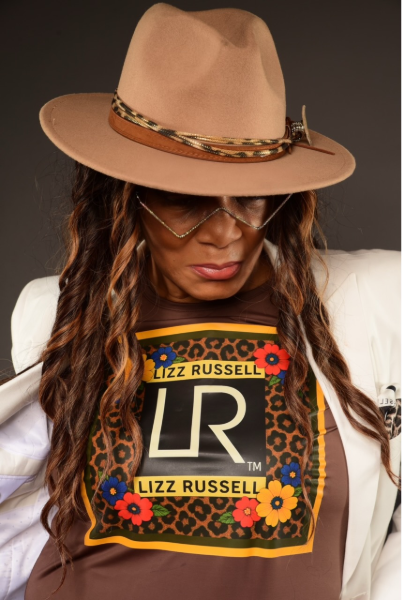
From survivor to style icon, Lizz Russell proves that strength is always in season—and that fashion, when rooted in purpose, can be a powerful force for change.
To learn more, visit Lizz on her website. You can follow her on Facebook and Instagram as well.
About the author: Desirae L. Benson is an award-winning entertainment publicist and journalist. Find out more by following her Instagram page.

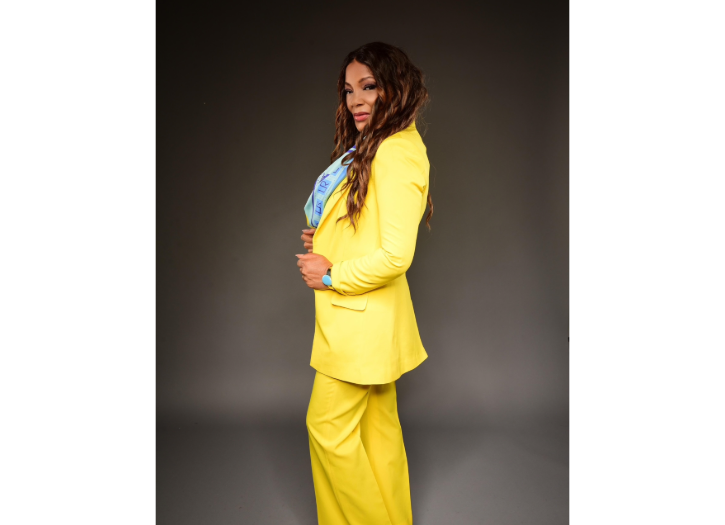

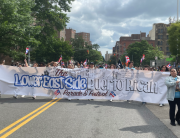
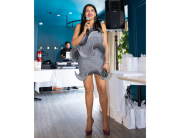


Add Comment
You must be logged in to post a comment.